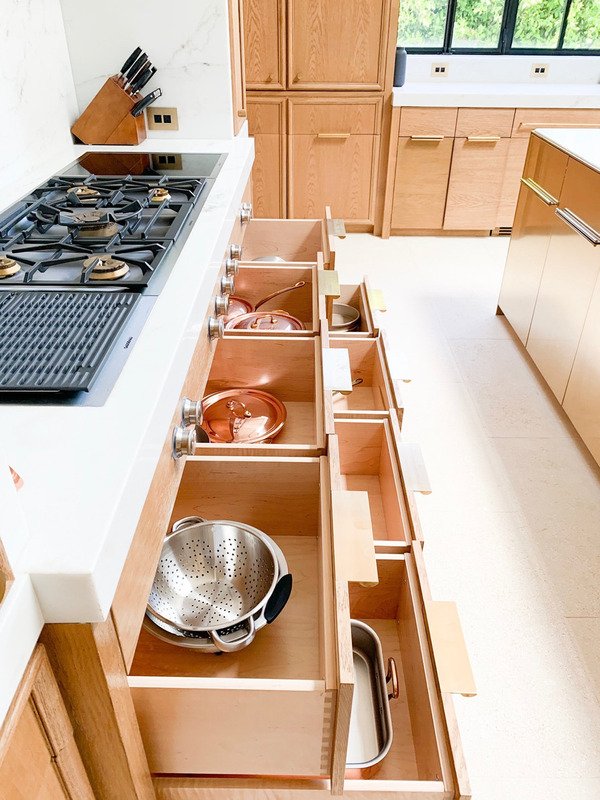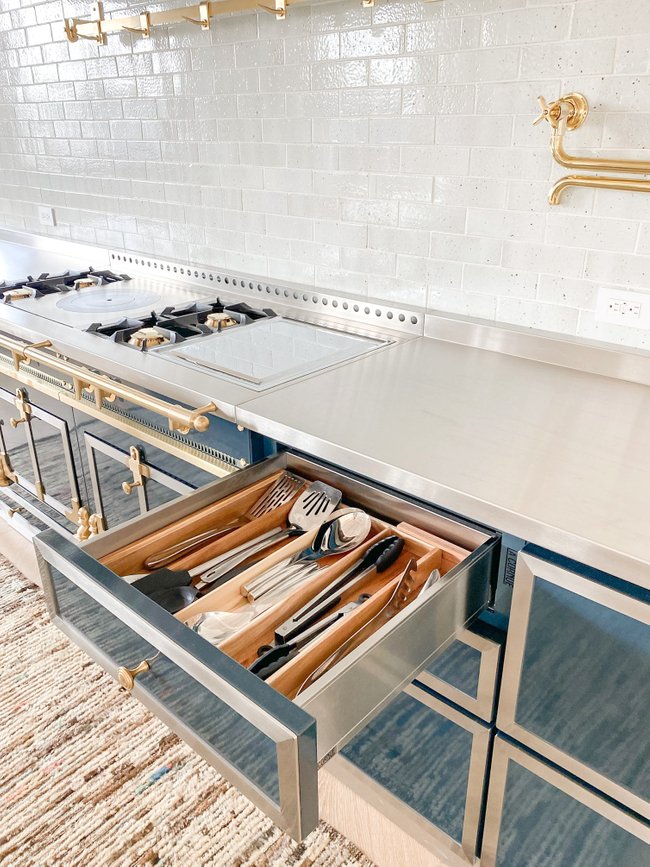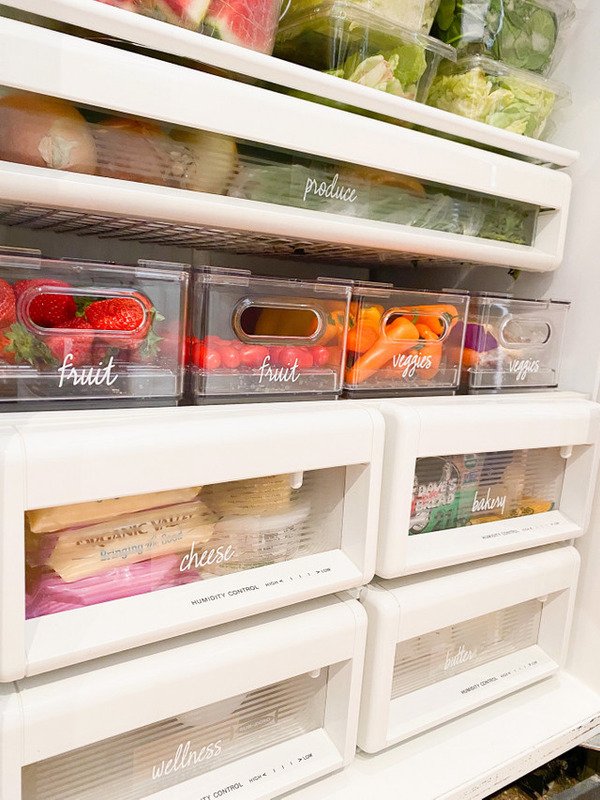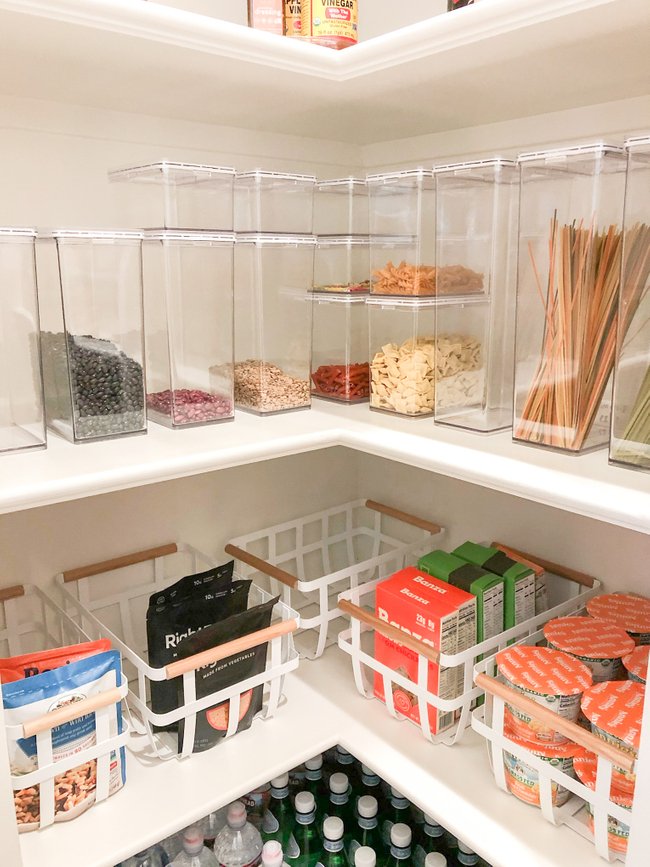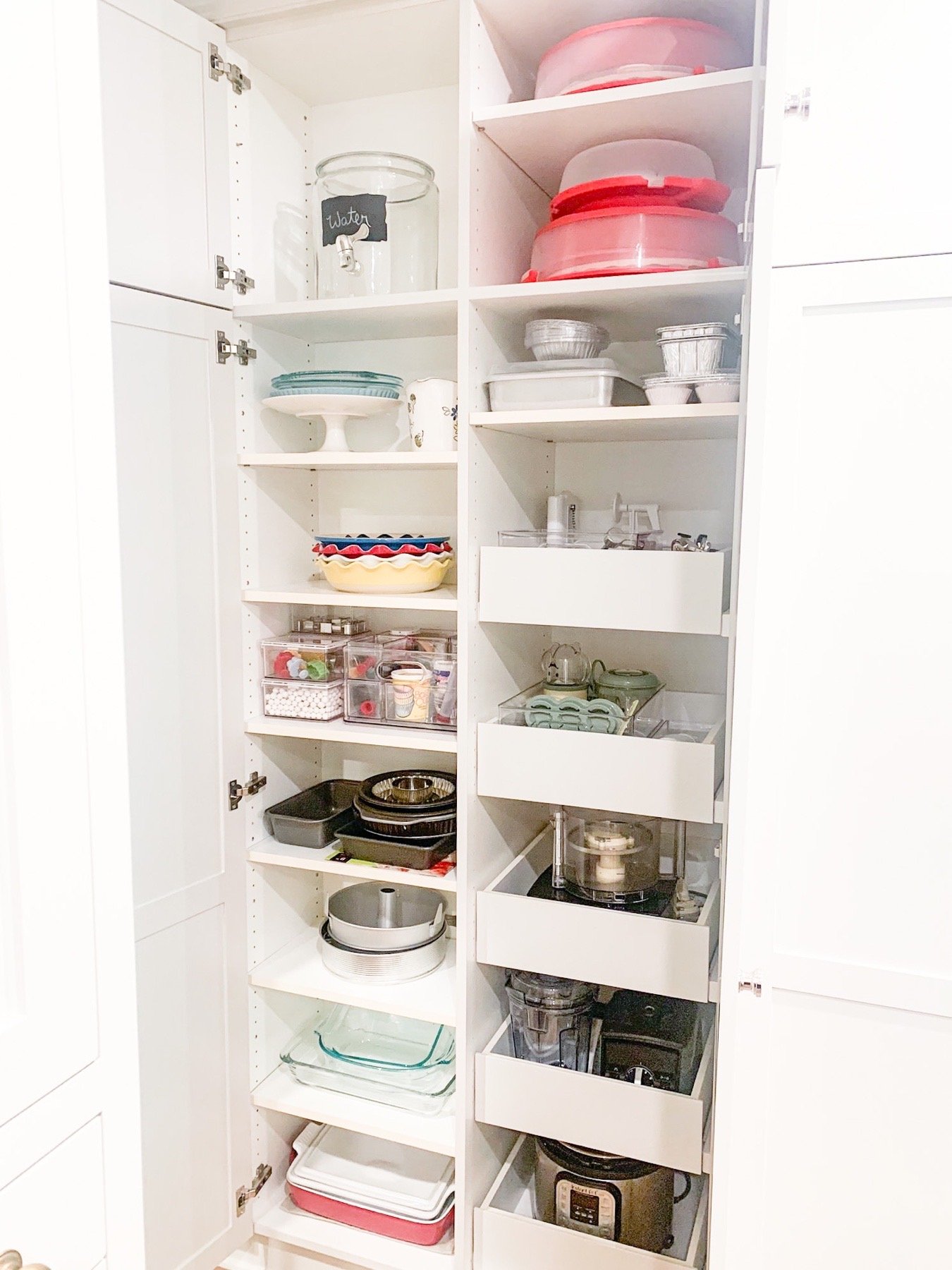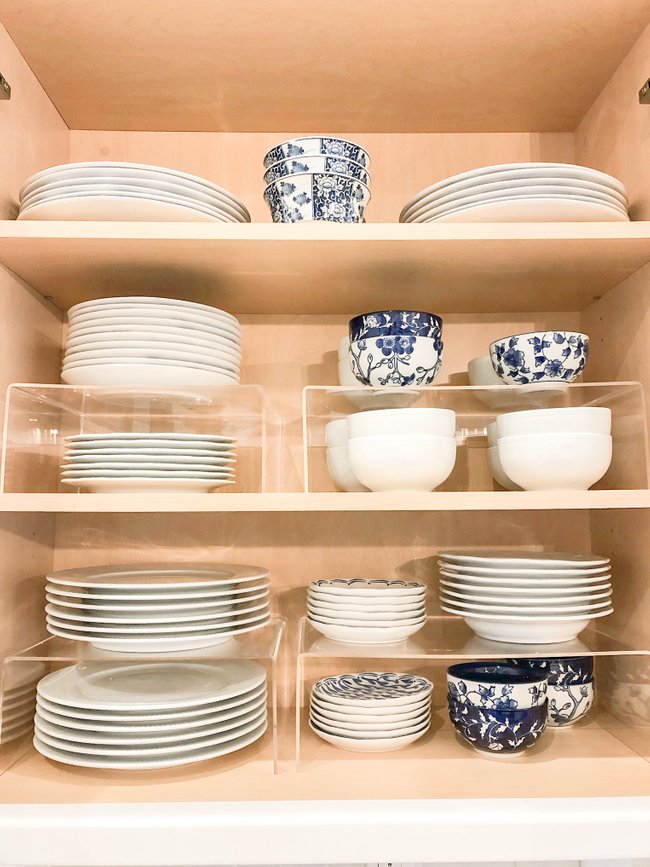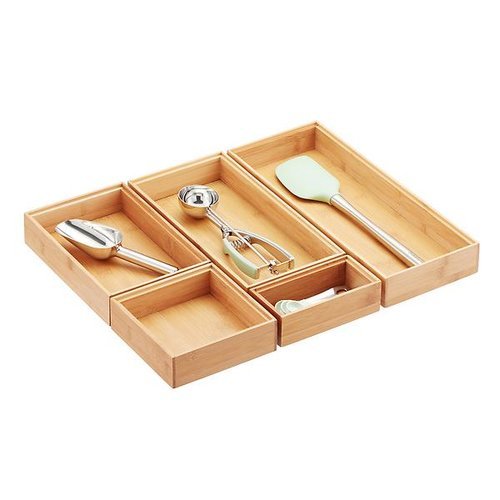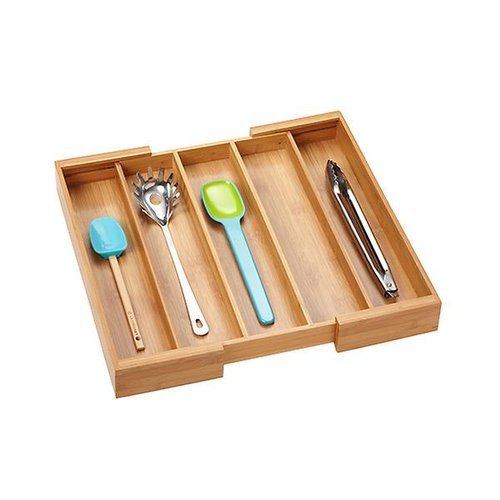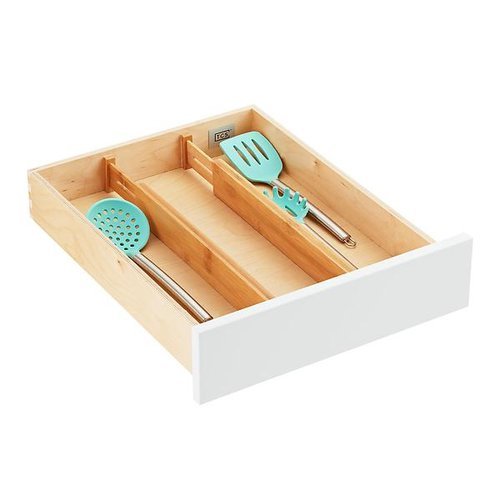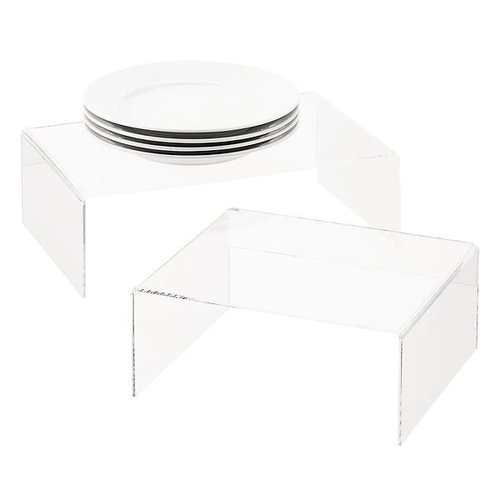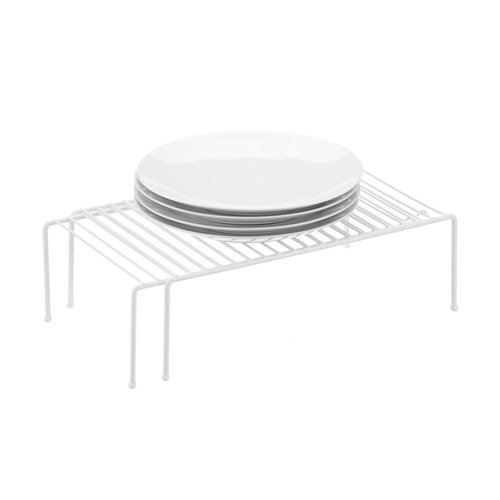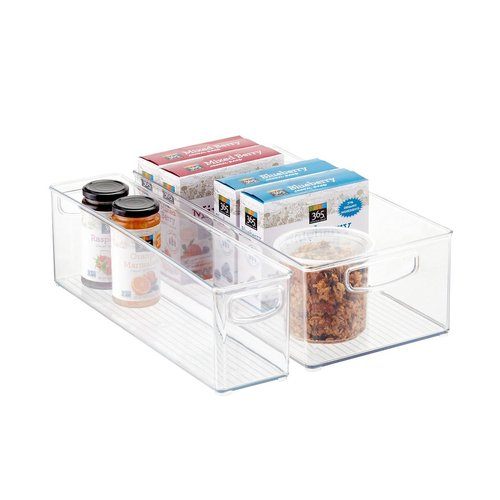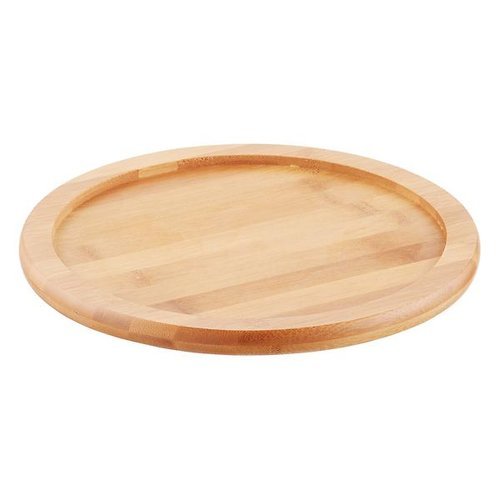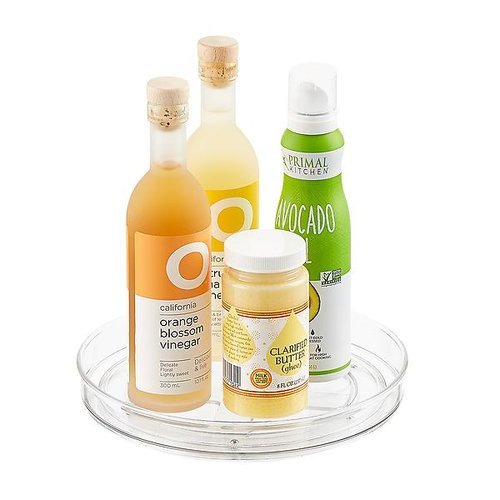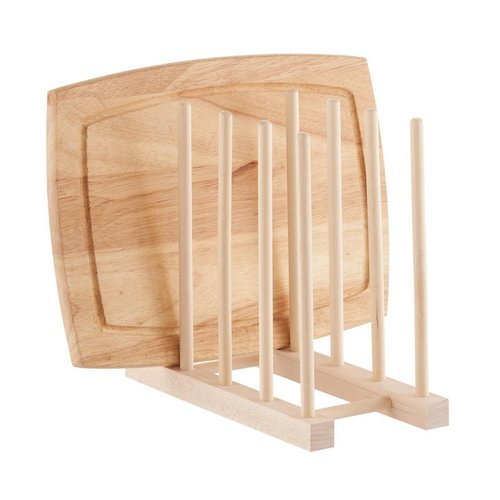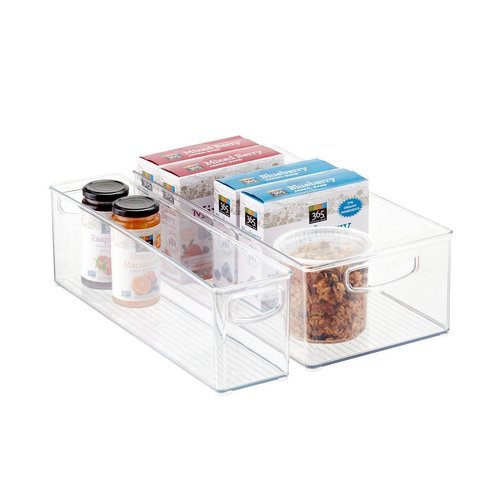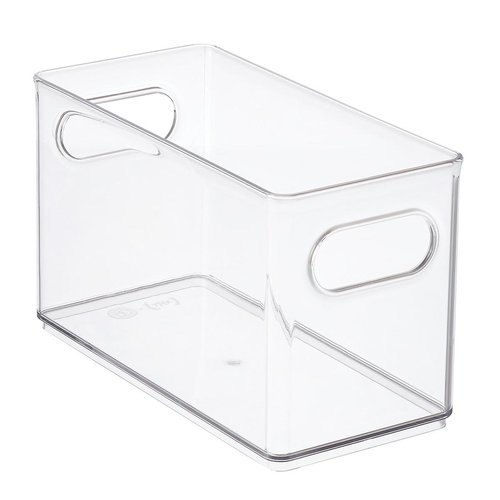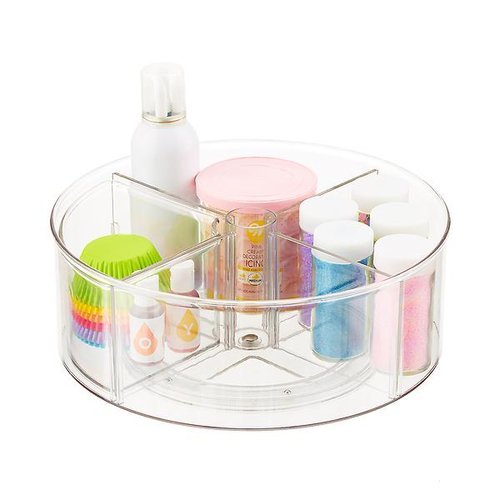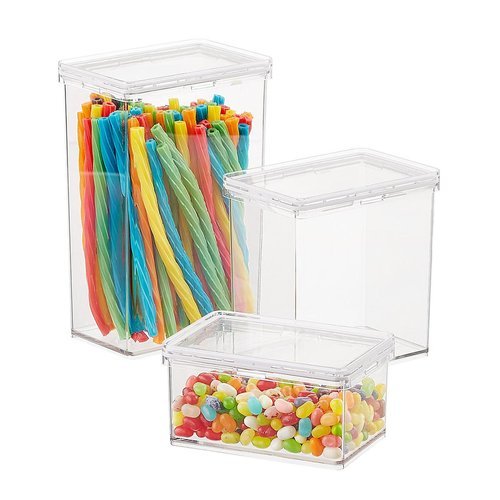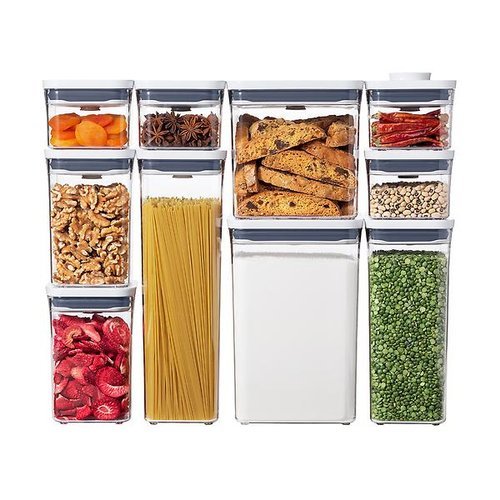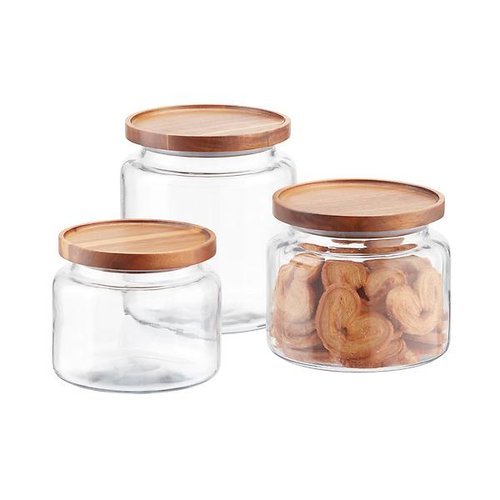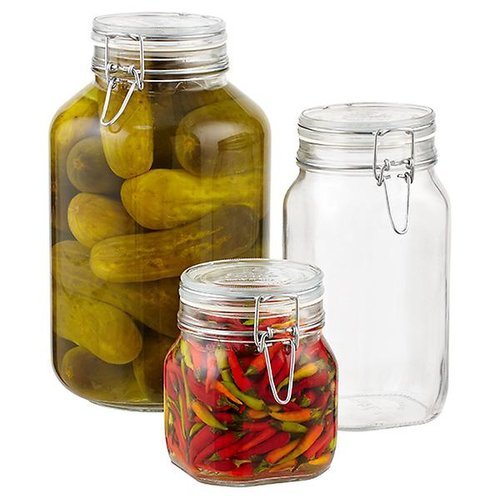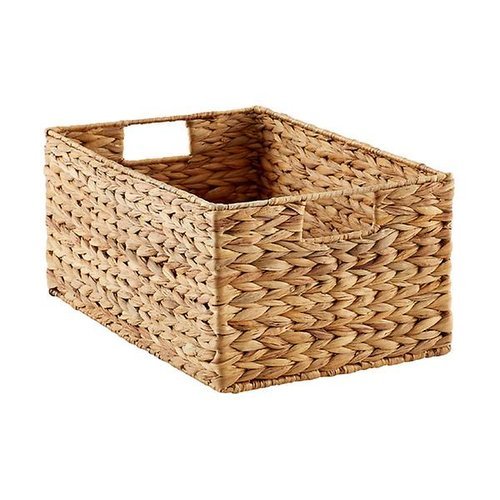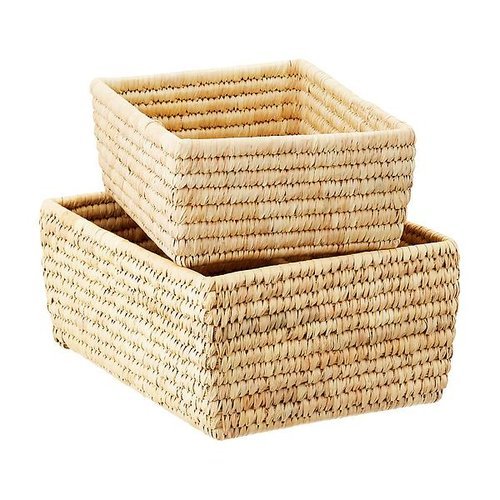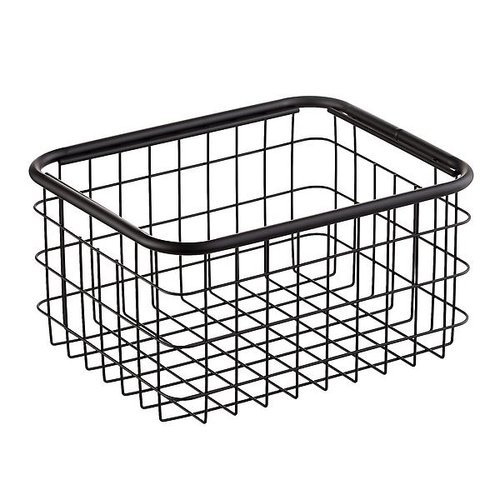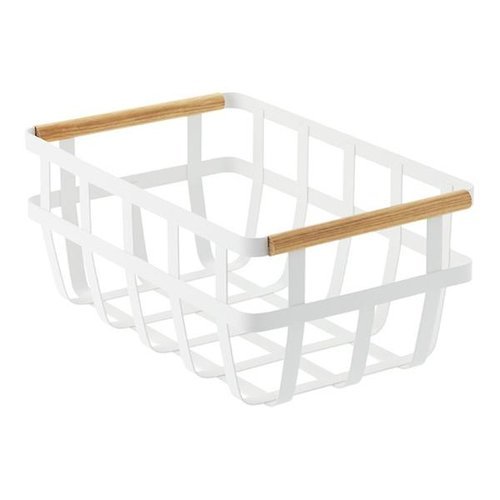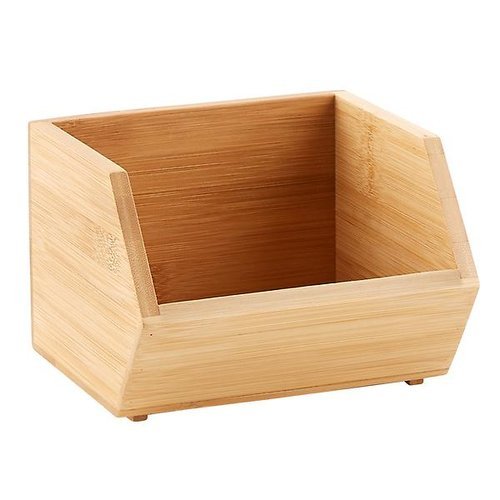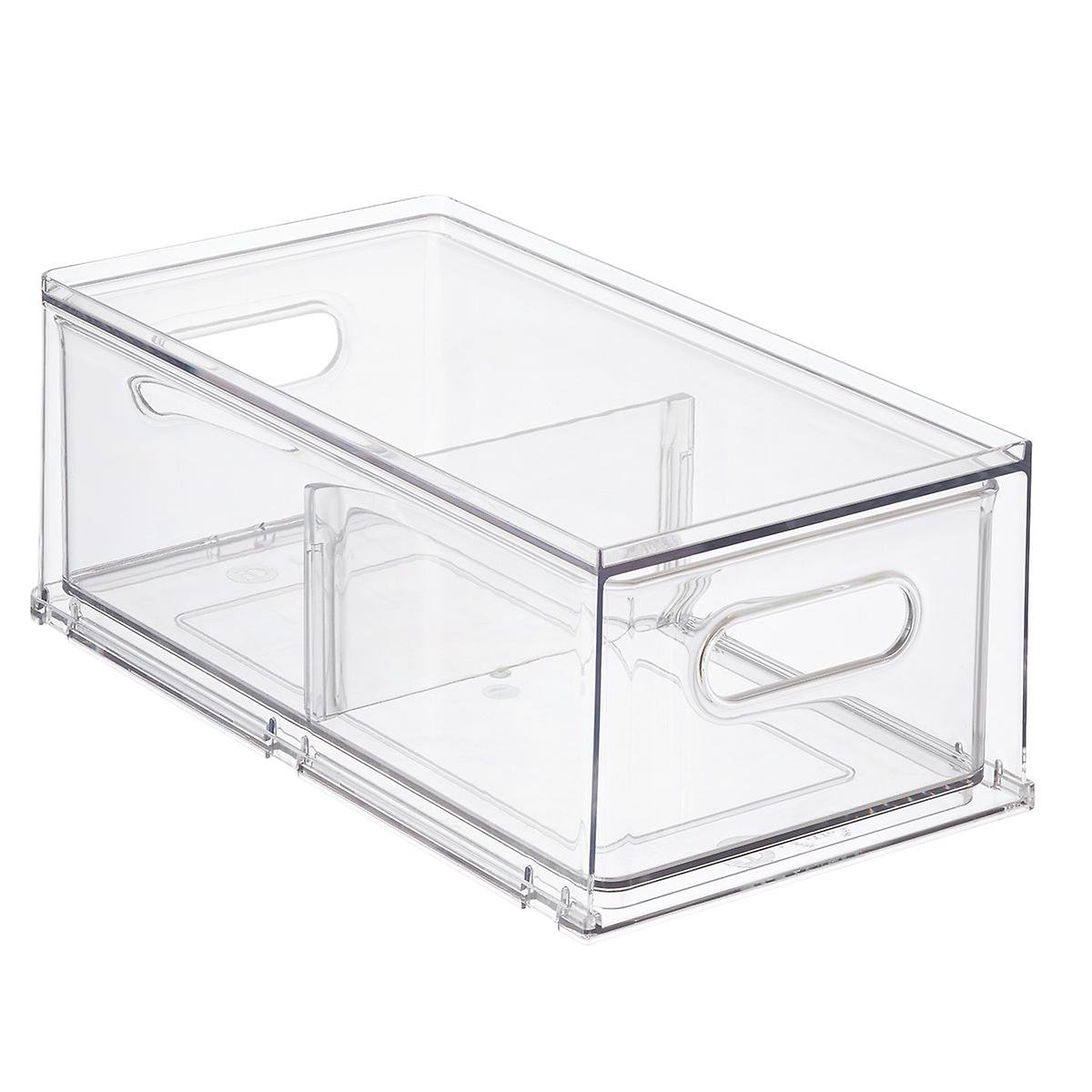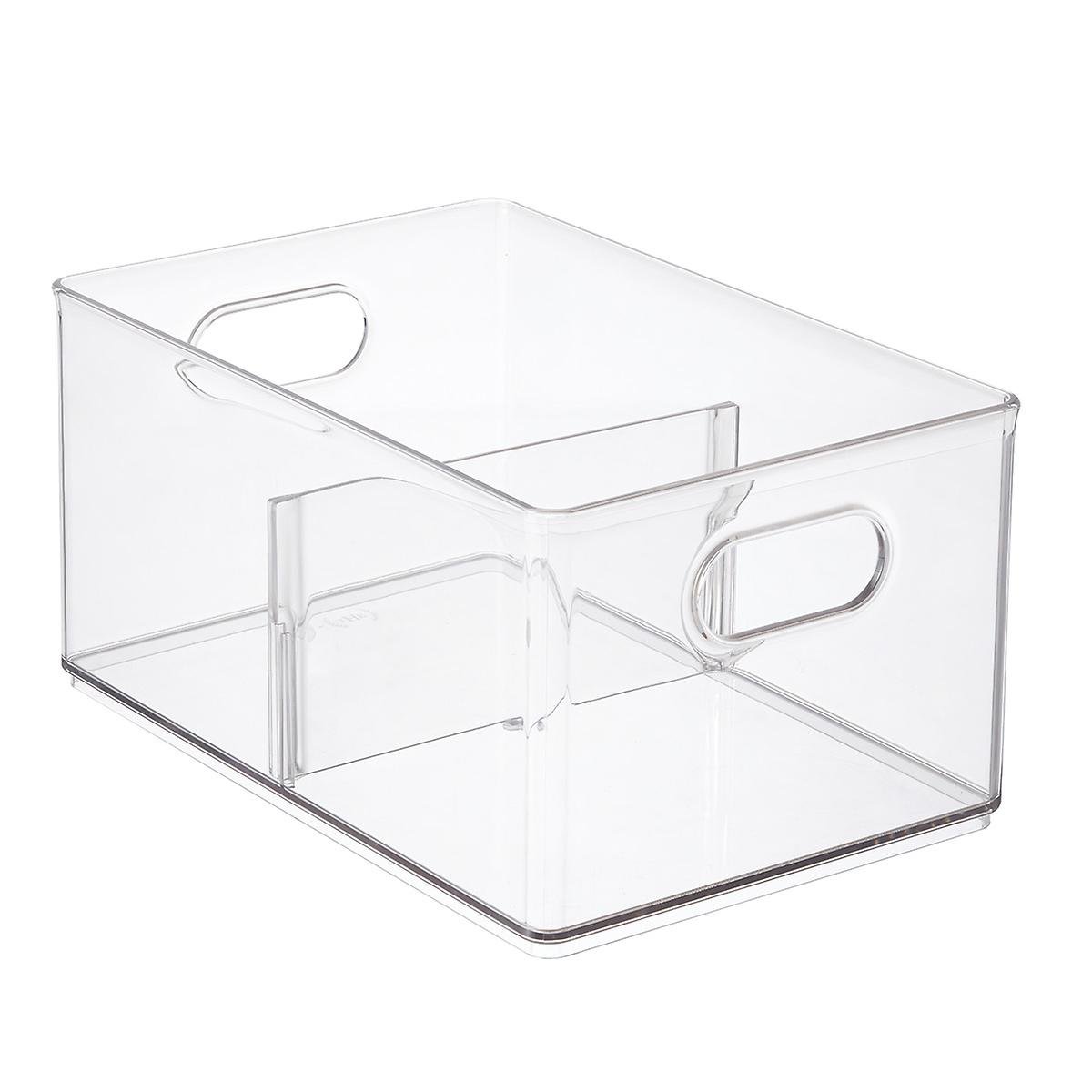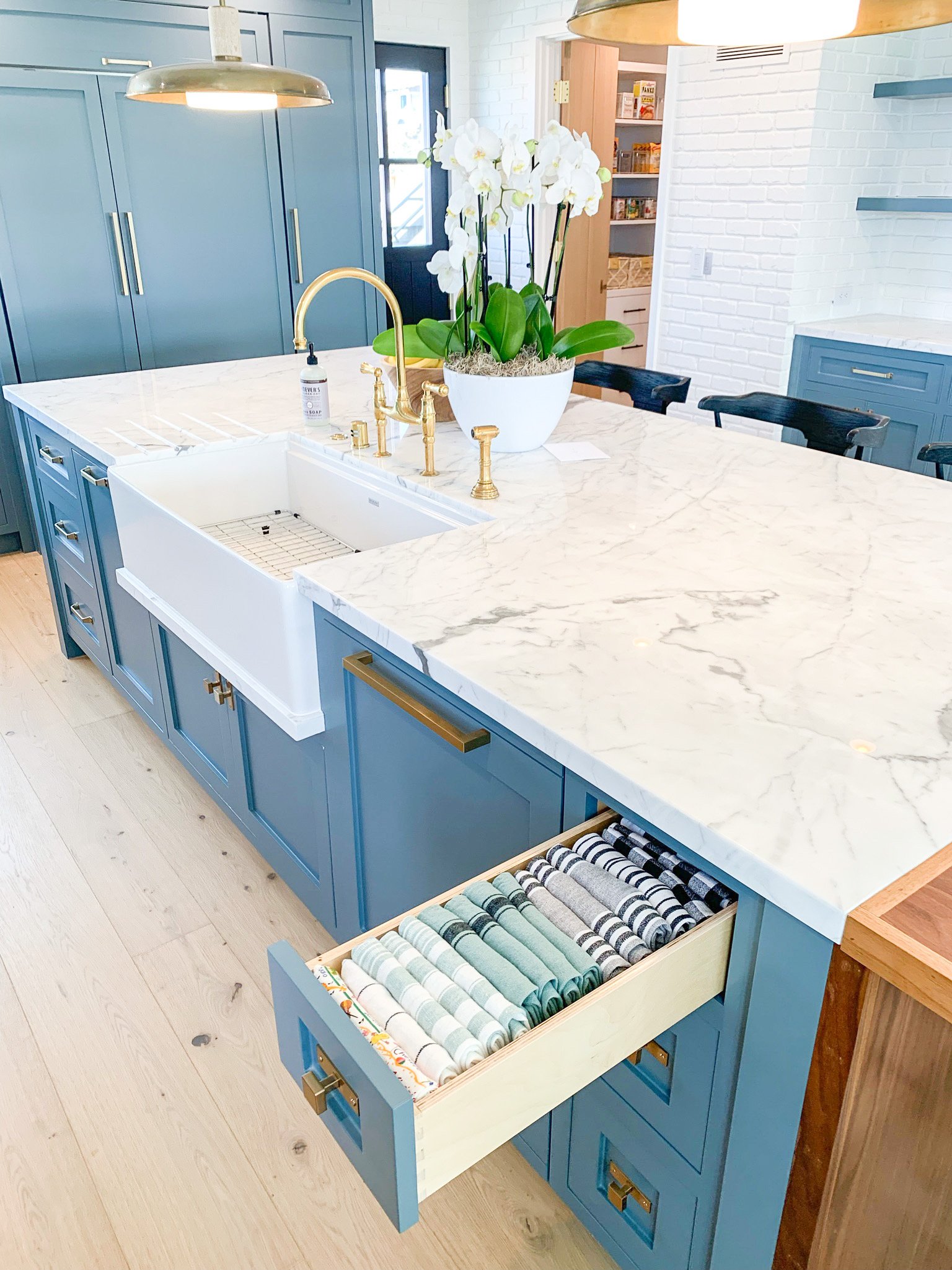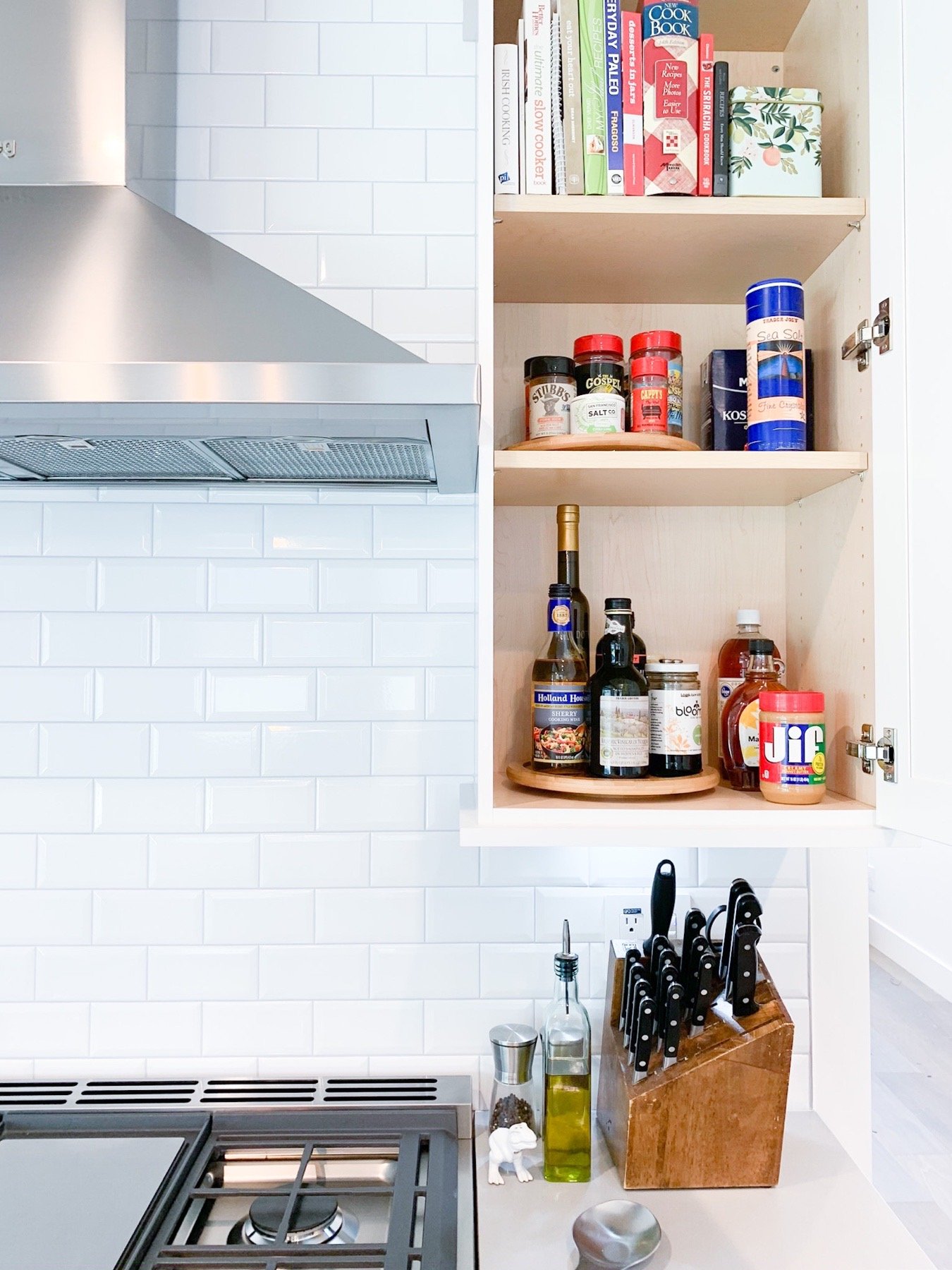Kitchen Organization 101
Whether or not you cook, your kitchen is almost definitely the communal touchpoint in your home that every member frequents on a daily basis. There are so many possibilities that an organized kitchen can open up for individuals and families. There are so many layers of real living that happen in the kitchen, and a streamlined routine is what creates the space for that to come to fruition. With all the gathering, cooking, snacking, and living happening in this hub of the home, the kitchen is a natural magnet for an excess of clutter. It’s inevitable. Our solution? Custom-tailored systems and products that work to enhance your routine in the kitchen! While we always center our product and system choices around our clients’ preferences, the foundations remain consistent. To get your kitchen organized, it’s as simple as implementing our 5-step method:
Remove all contents from the space
This step can feel like the most overwhelming, and that’s because it’s the part where you see every single thing that lives in a space at a glance. But taking it all out is really the best (and only) way to see everything you own so you can survey and make educated decisions on what to keep, where to keep it, and how to store it.
Categorize & sort
Once you’ve pulled everything out of your kitchen’s nooks and crannies, you can begin to identify the larger categories that make up its inventory and sort through your items, grouping like-items together. This step will require you to create categories that are unique to your specific routine, but here are some general categories we often work with:
Dinnerware
Silverware
Pots & pans
Kitchen gadgets
Cutting boards
Appliances
Spices
Food storage
Towels
Cleaning supplies
Discard & donate
When you’ve removed all the items from a space and sorted them into categories, it’s time to decide what to discard or donate. If you’re not sure whether something should be donated or just tossed, here are some suggestions to consider when working through your kitchen and pantry items:
Expired food, canned goods, or spices
Any food or kitchen item that no longer fits with your lifestyle or diet
Melted or broken spatulas & cooking utensils
Cracked or chipped mugs & dishes
Unnecessary duplicates
Unused or seldom-used appliances
Add organizational systems
Too often I find that kitchen items feel randomly placed, without rhyme or reason. Drawers become chaotic catch-alls, dishes and glasses get stacked precariously high, and items get shoved carelessly into cupboards. To create a real flow in your kitchen, I like to roadmap out where different items should live, based on my clients’ routine. As you do this for your kitchen, think about your lifestyle and the flow of the space you’re in. Are you someone that cooks a lot? Or order in most nights? Do you need a kids’ zone? The goal is to tailor the layout of your kitchen to your needs, so you can save time and energy daily. These are the Jeneral Guidelines we use to zone out any kitchen:
THE CONSUMABLES ZONE
(near the refrigerator, pantry, & food cabinets)
Tupperware
Storage containers
Plastic wrap
Parchment paper
Foil
Plastic bags
THE COOKING ZONE
(near the stovetop & oven)
Baking sheets
Pots & pans
Casserole dishes
Spices
Spatulas & cooking tools
THE NON-CONSUMABLES ZONE
(near the sink & dishwasher)
Plates
Bowls
Glasses & mugs
Silverware
Serving utensils
Cloths & hand towels
THE CLEANING ZONE
(under the sink)
Cleaning supplies
Sponges
Dish towels
Dishwasher detergent or pods
Trash bags
Gloves
THE PREPARATION ZONE
(an area with ample countertop space)
Cutting boards
Mixing bowls
Serving bowls
Kitchen gadgets
Mixing gadgets
Sharp knives
Here are our favorite products to use in the kitchen:
IN DRAWERS
IN CABINETS & ON SHELVES
UNDER THE SINK
IN THE PANTRY
IN THE FRIDGE/FREEZER
Maintain
Once each item and category have a home in your kitchen, you will always know where to return them when done with use. When organizational systems are in place, it’s really hard not to maintain them, but it does require commitment, especially in an area that is so frequented. Remember, small daily habits make all the difference!
No matter how you decide to tackle your kitchen, what’s most important is that you choose systems that are going to work for your needs. It’s important to really think about how you operate in your kitchen as you zone, categorize, and select products.
For tips, tricks, product picks, and inspiration for home organization, make sure you grab your copy of Life in Jeneral if you haven’t yet and sign up for the LIJ Book Club! There’s a 70 page workbook with exercises to help you work through your emotional barriers and goals in relation to organizing, and of course, step-by-step guidance to do the work. For even more support and encouragement, follow along with the book club on our Instagram, too!


